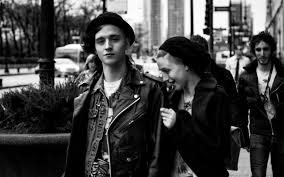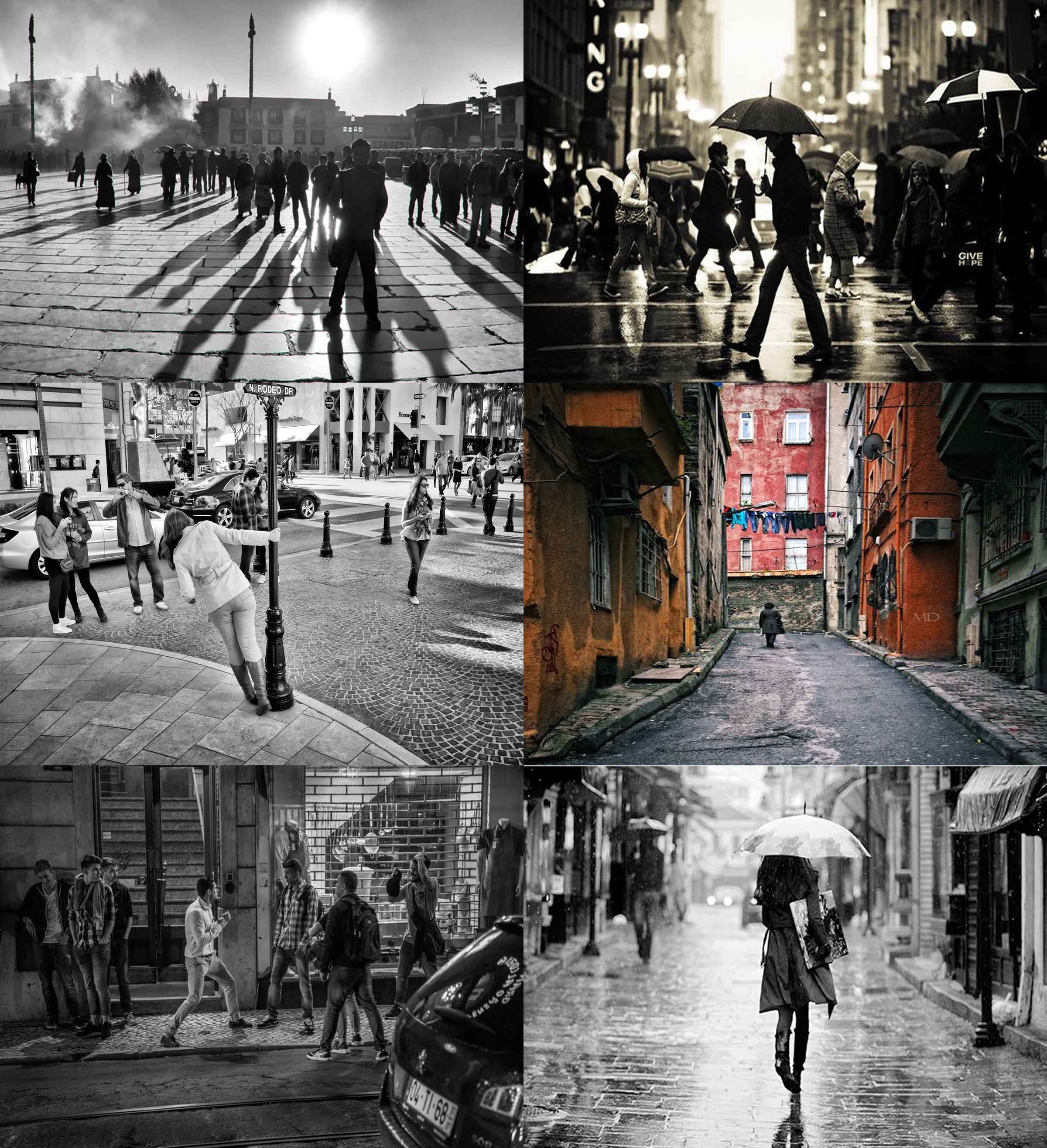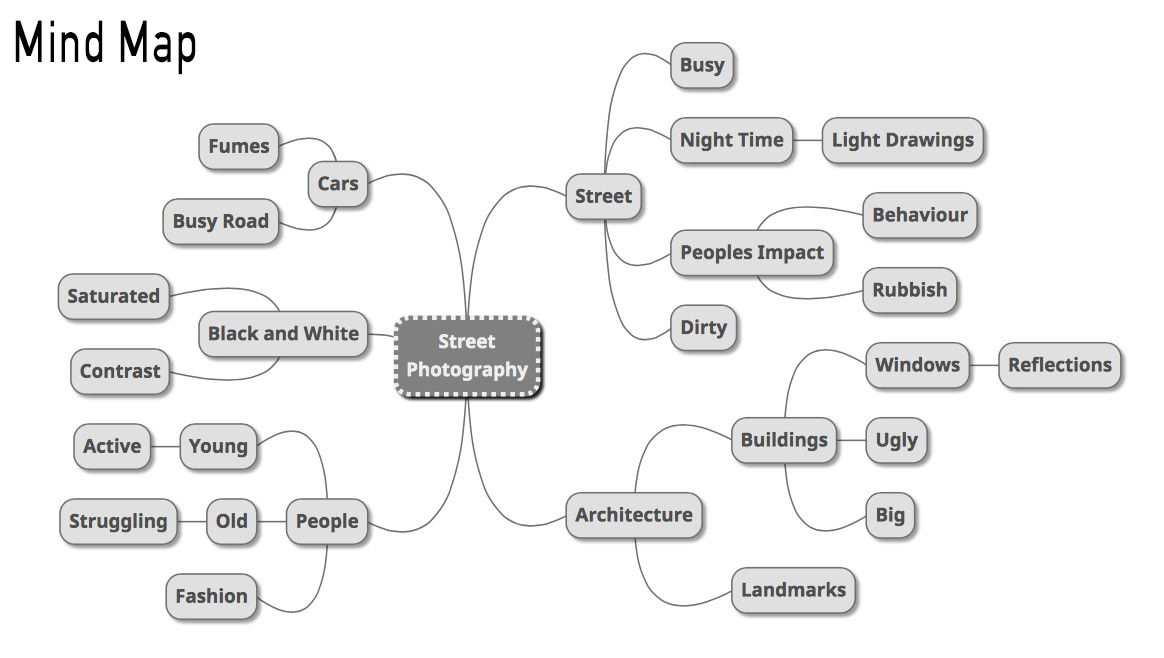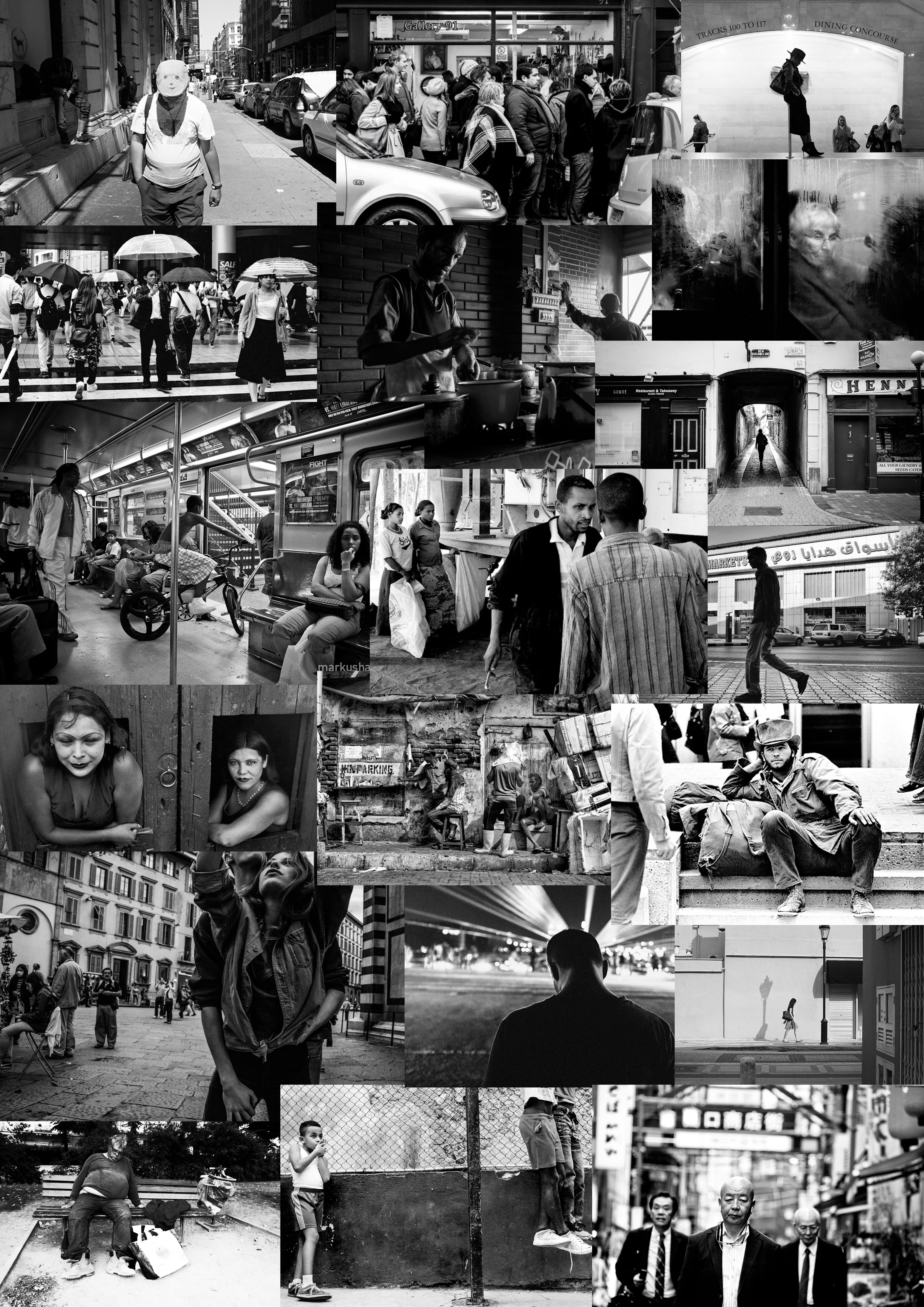“The Decisive Moment” – Henri Cartier-Bresson:
Henri Cartier-Bresson was born on August 22, 1908 in Chanteloup, France. A pioneer in photojournalism, Cartier-Bresson wandered around the world with his camera, becoming totally immersed in his current environment. Considered one of the major artists of the 20th century, he covered many of the world biggest events from the Spanish Civil War to the French uprisings in 1968.
In his early years, Cartier-Bresson was widely considered one of the leading artistic forces of the 20th century, Henri Cartier-Bresson was born on August 22, 1908 in Chanteloup, France. The oldest of five children, his family was wealthy—his father made a fortune as a textile manufacturer—but Cartier-Bresson later joked that due to his parents’ frugal ways, it often seemed as though his family was poor.
Images from Henri Cartier-Bresson’s “The Decisive Moment”:
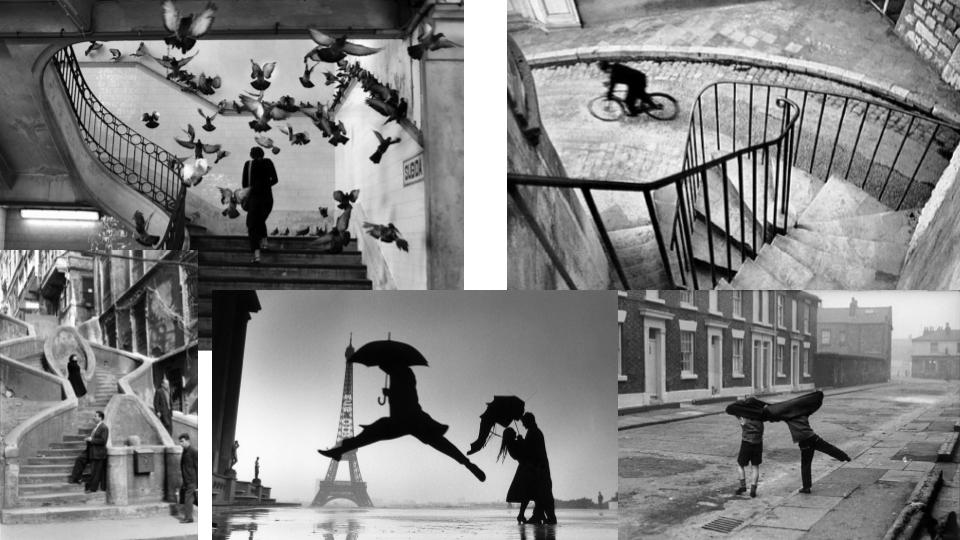
Chosen Image:

Technical:
- High contrast
- Reflection
- Natural lighting
- Distance (relatively close)
- Depth of field
- Underexposure (possibly intended)
- Film speed (grainy finish)
Visual:
- Ripples in water
- Black and white / high contrast image
- Small man running
- Reflection of man and building in the background on still water
- Pattern in the fence
- Depth of field showing people in the background (possibly workers)
Henri Cartier-Bresson’s contribution to MAGNUM Photo Agency:
Created in 1947 by Robert Capa, Henri Cartier-Bresson, George Rodger, and David Seymour, Magnum Photos today has around 80 members. Martine Franck became a member in 1983.
Magnum Photos is a cooperative wholly owned by its photographer-members. The independence this allows is reflected in the spirit with which subjects are chosen and treated. Magnum photographs are famous for their journalistic and aesthetic qualities. Through its four editorial offices in Paris, New York, London, and Tokyo and a network of fifteen sub-agents, Magnum Photos provides photographs to the press worldwide. At the heart of this activity is a concern to encourage the photographers to carry out their individual projects and to act as sensitive witnesses to world events. The work of Magnum photographers reaches its audience both through the world press and in books and exhibitions.
(The agency is the copyright holder of both Henri Cartier-Bresson and Martine Franck.)

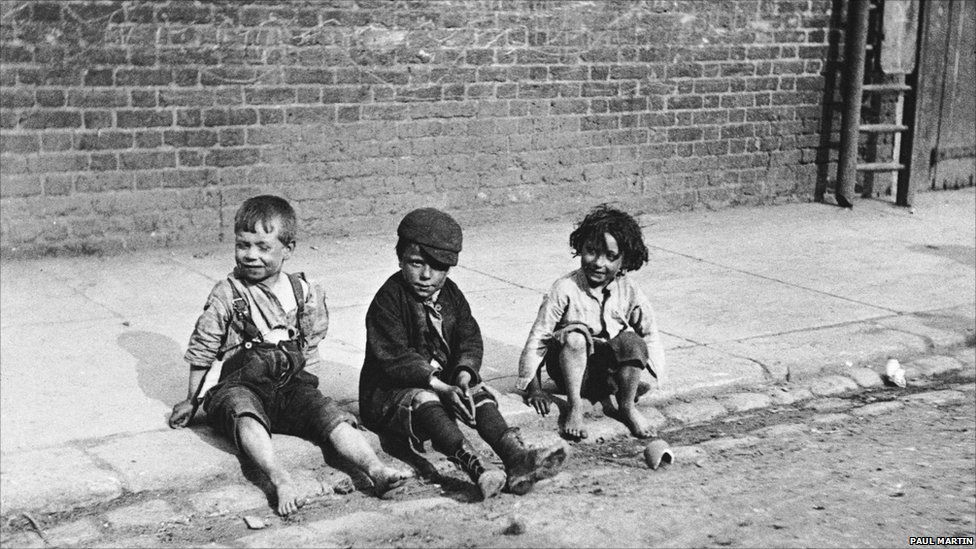
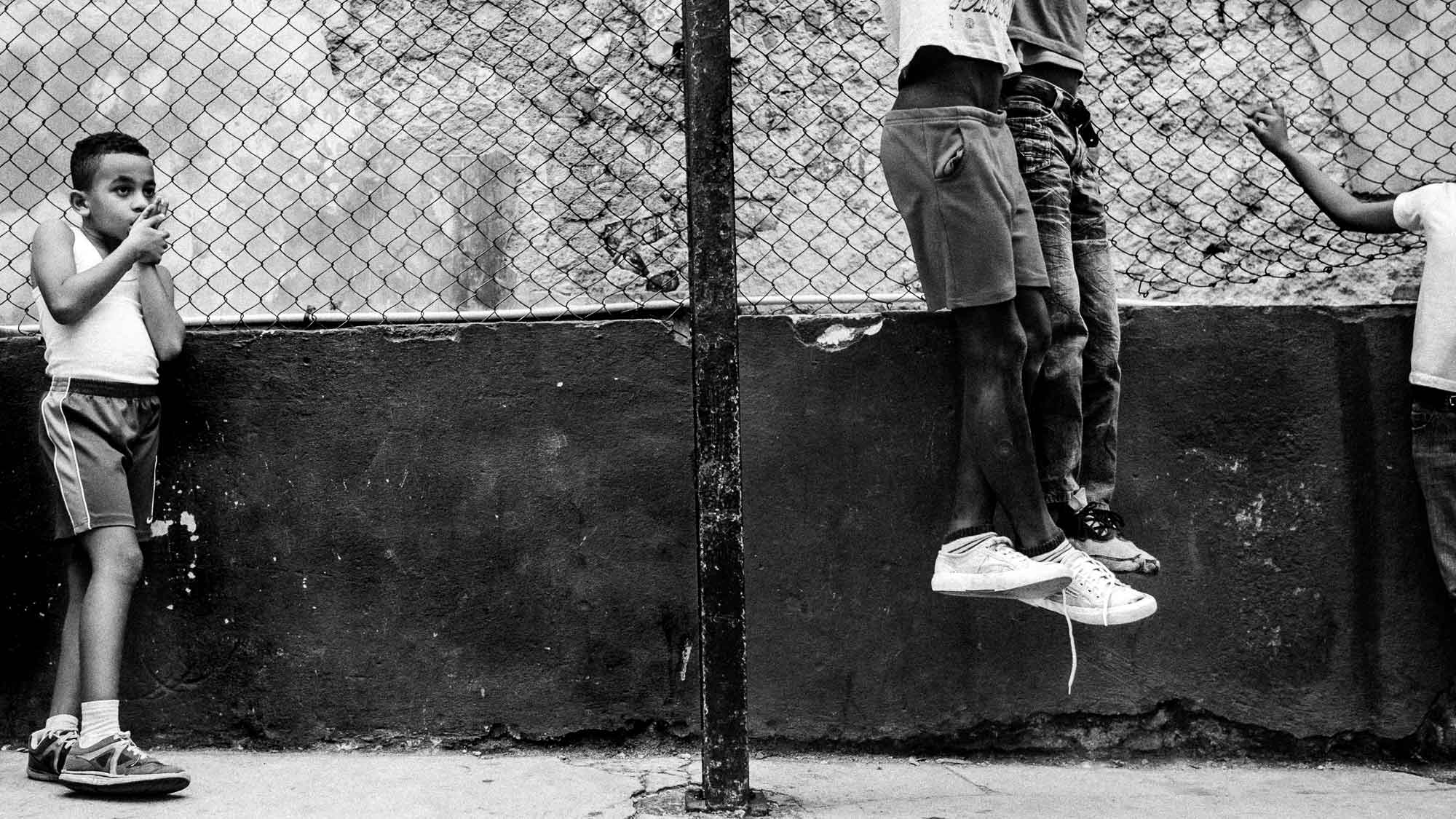
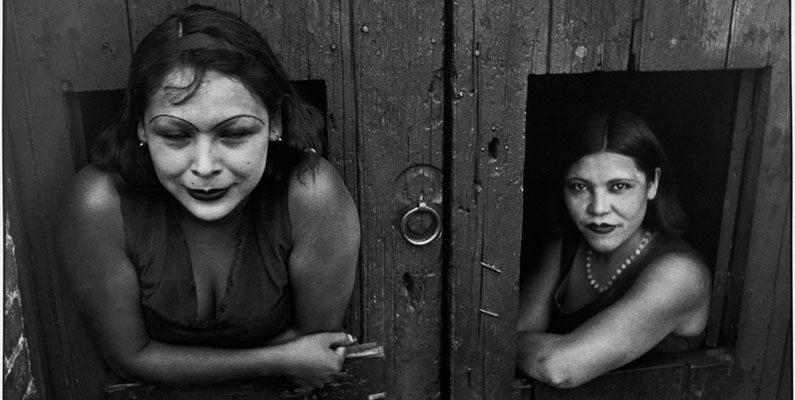

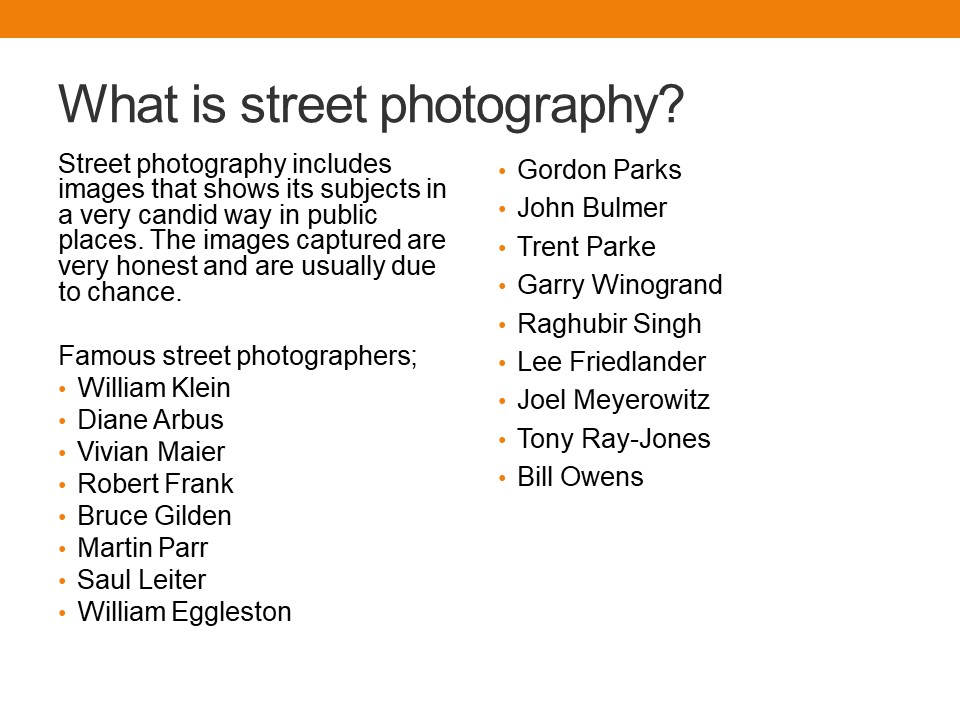
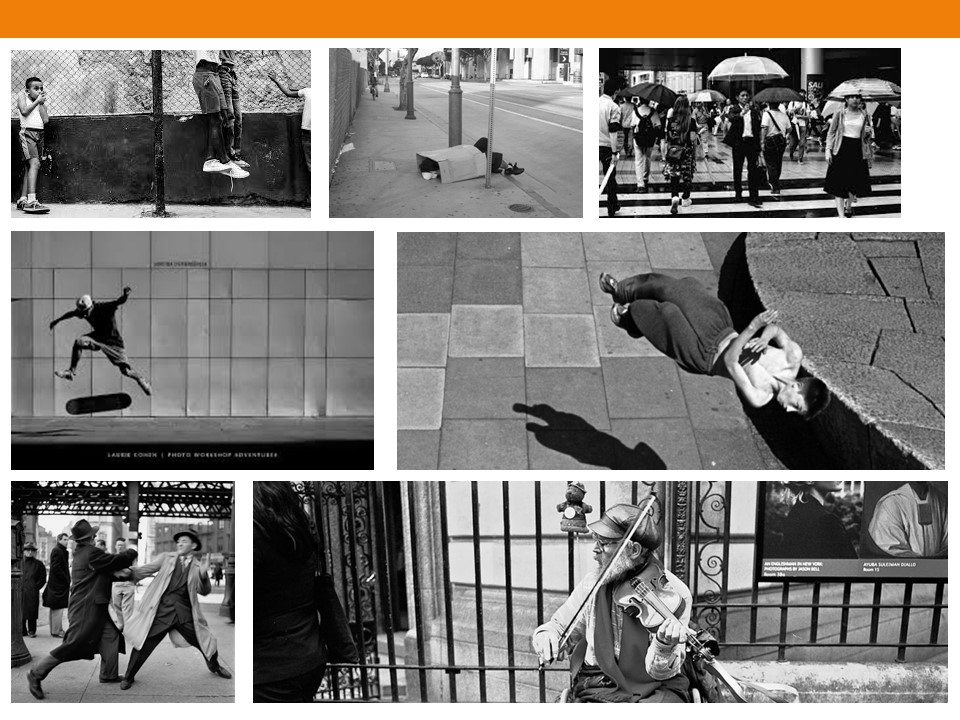
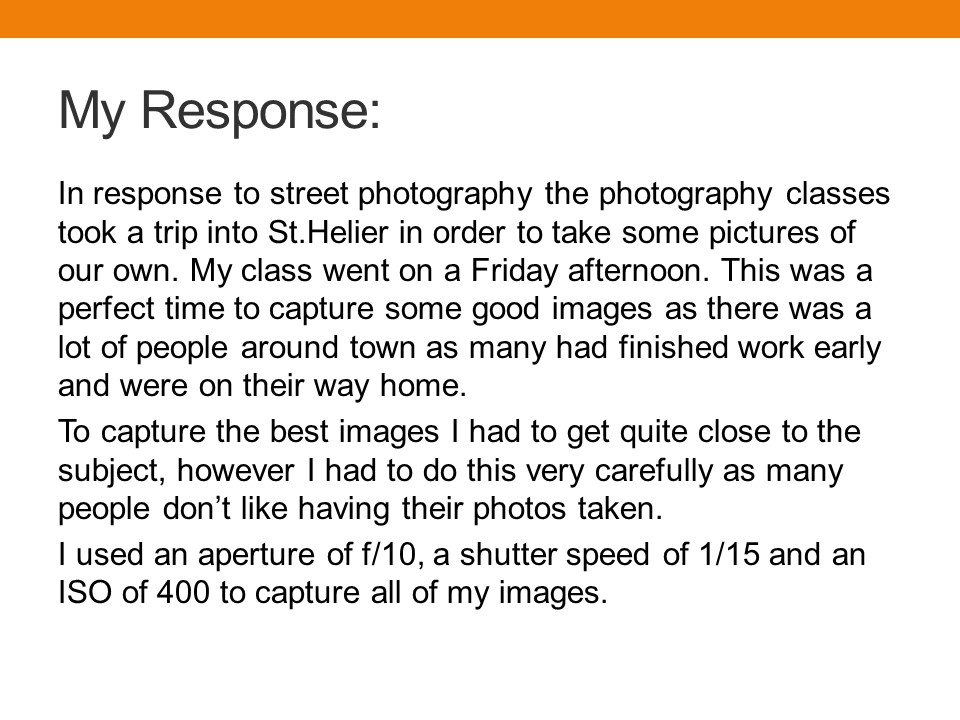


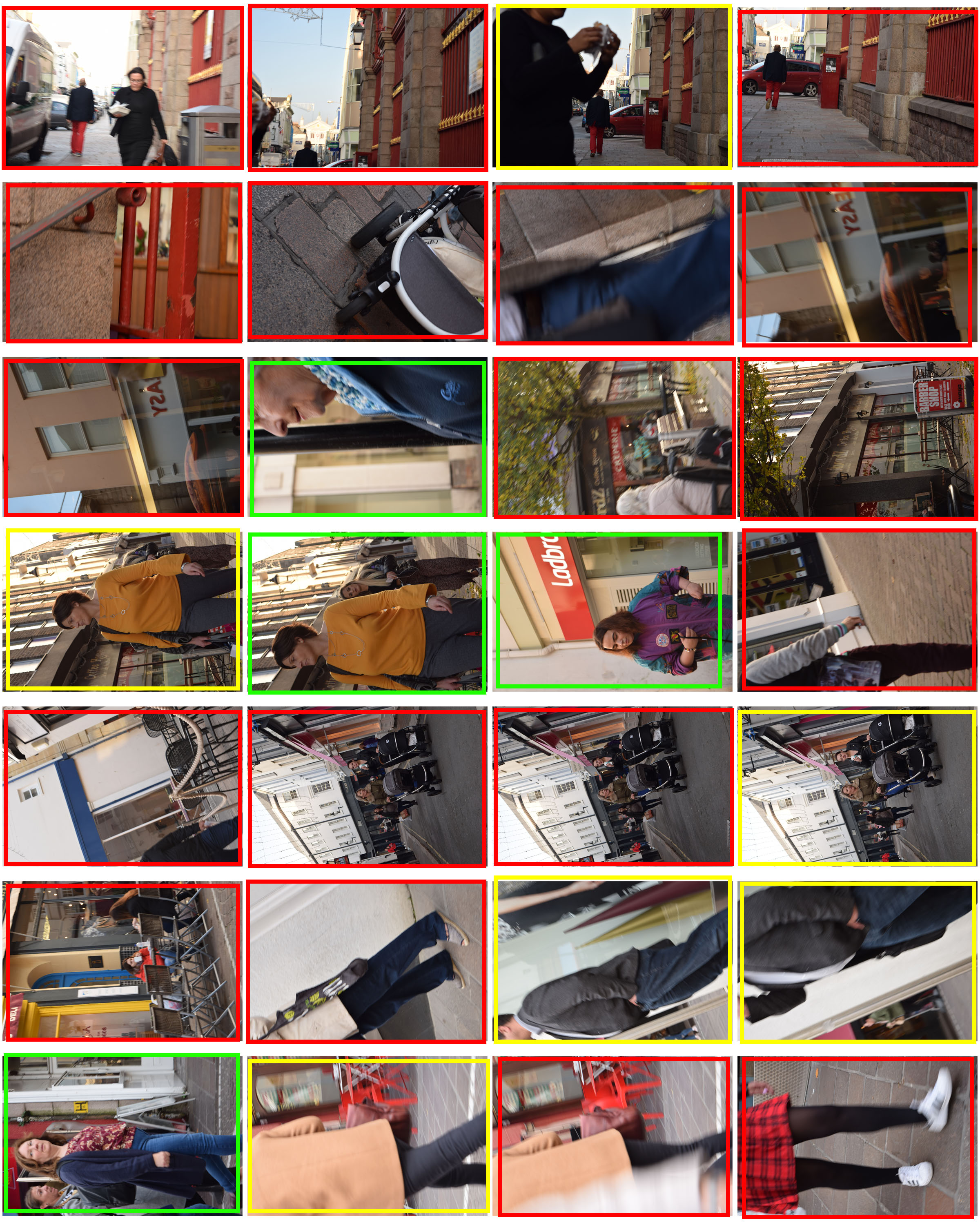
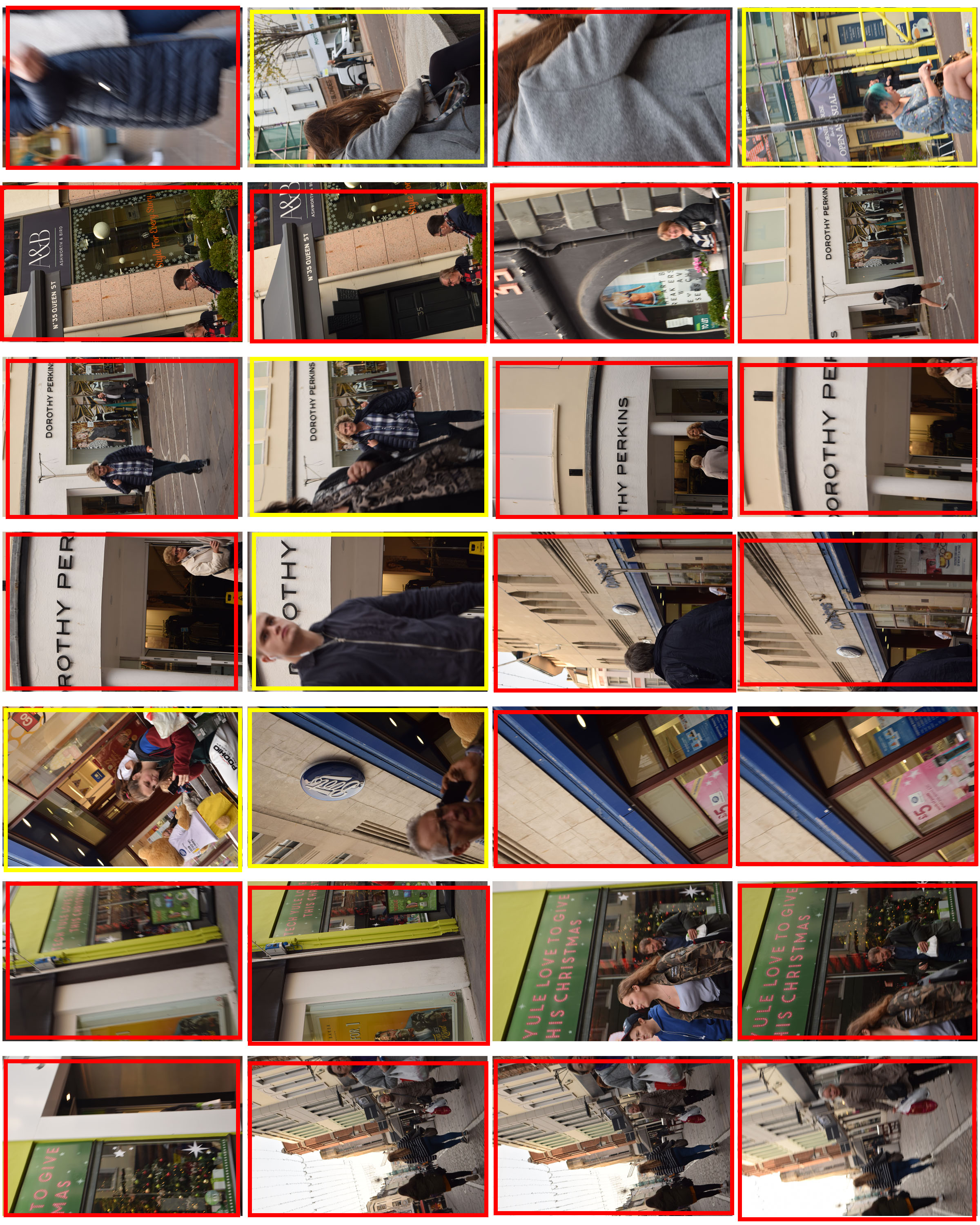
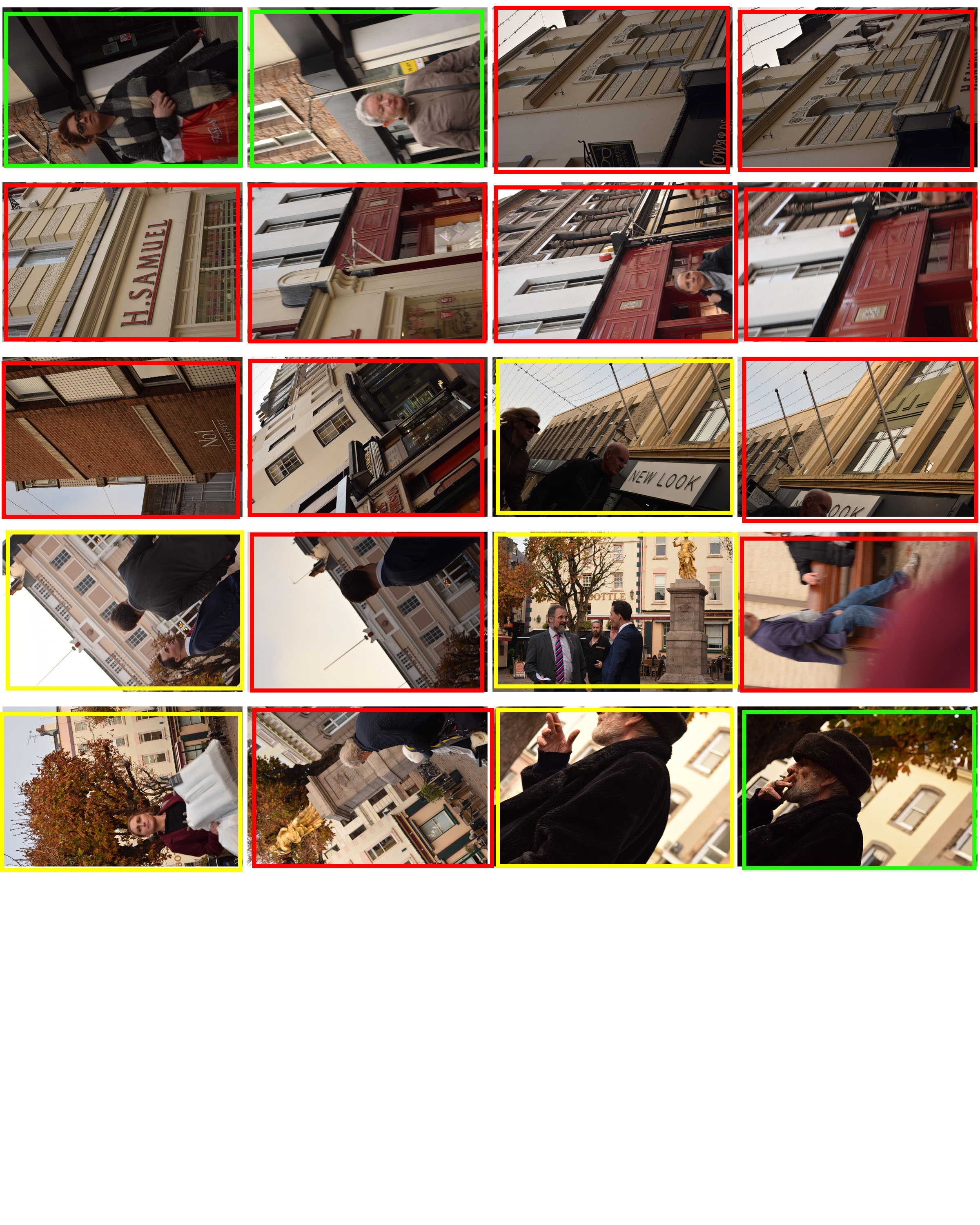
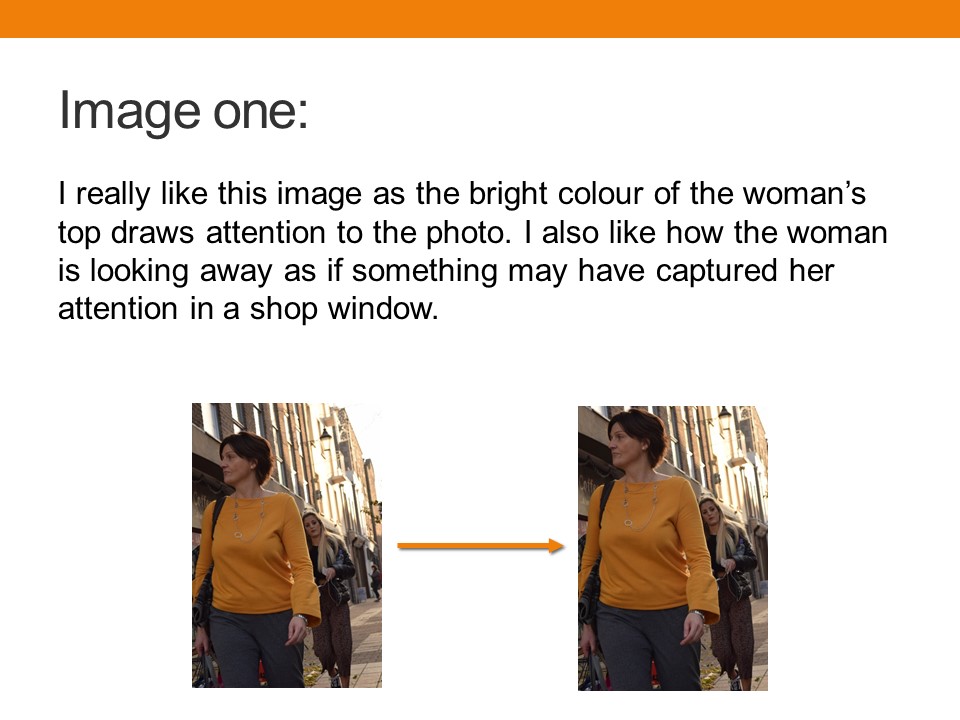
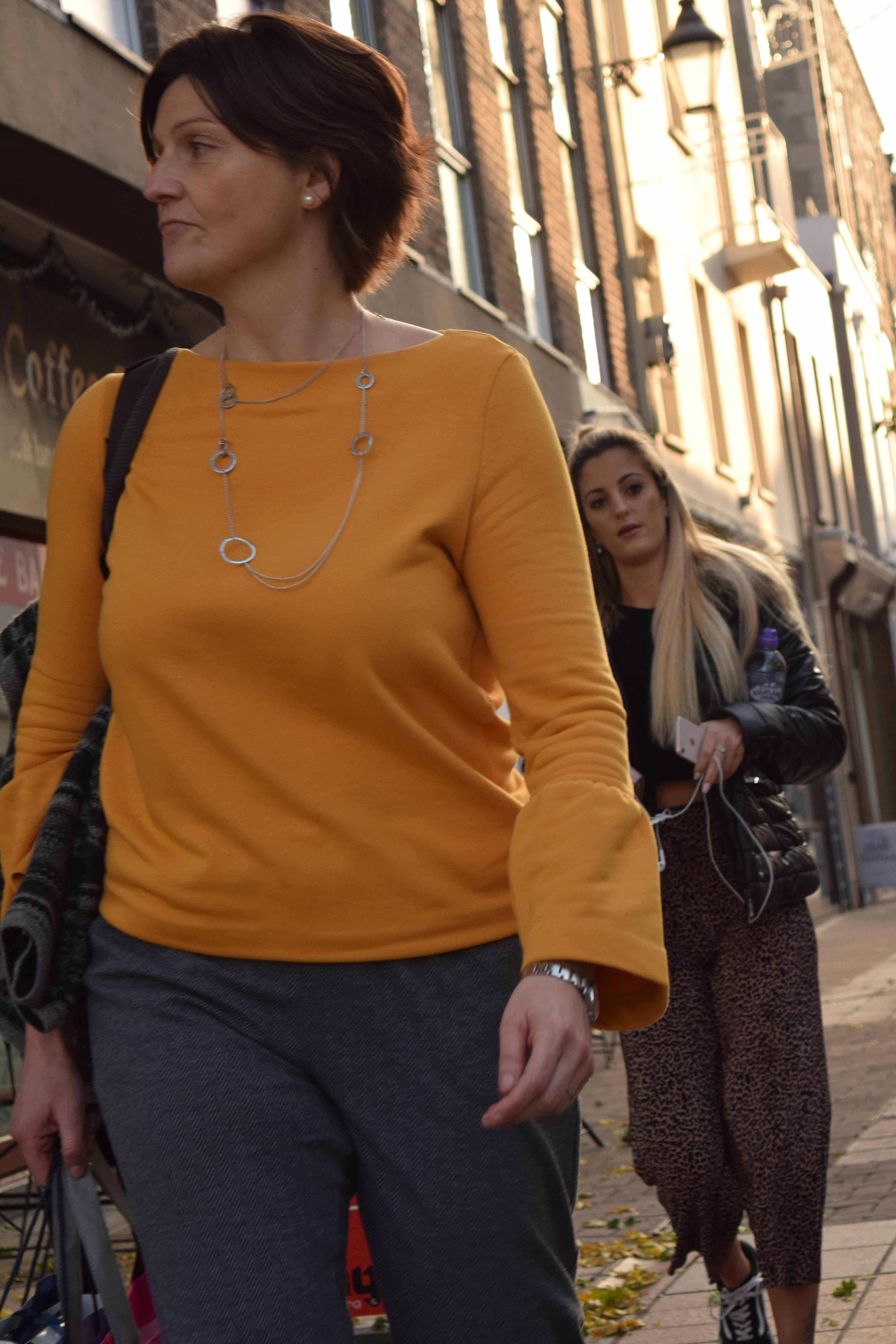
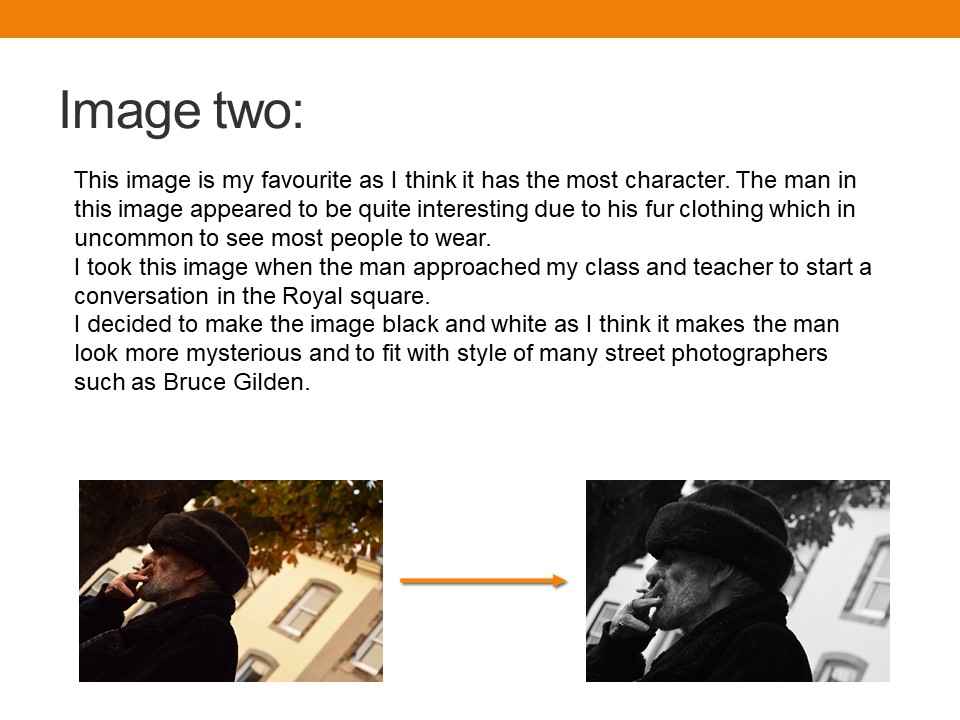
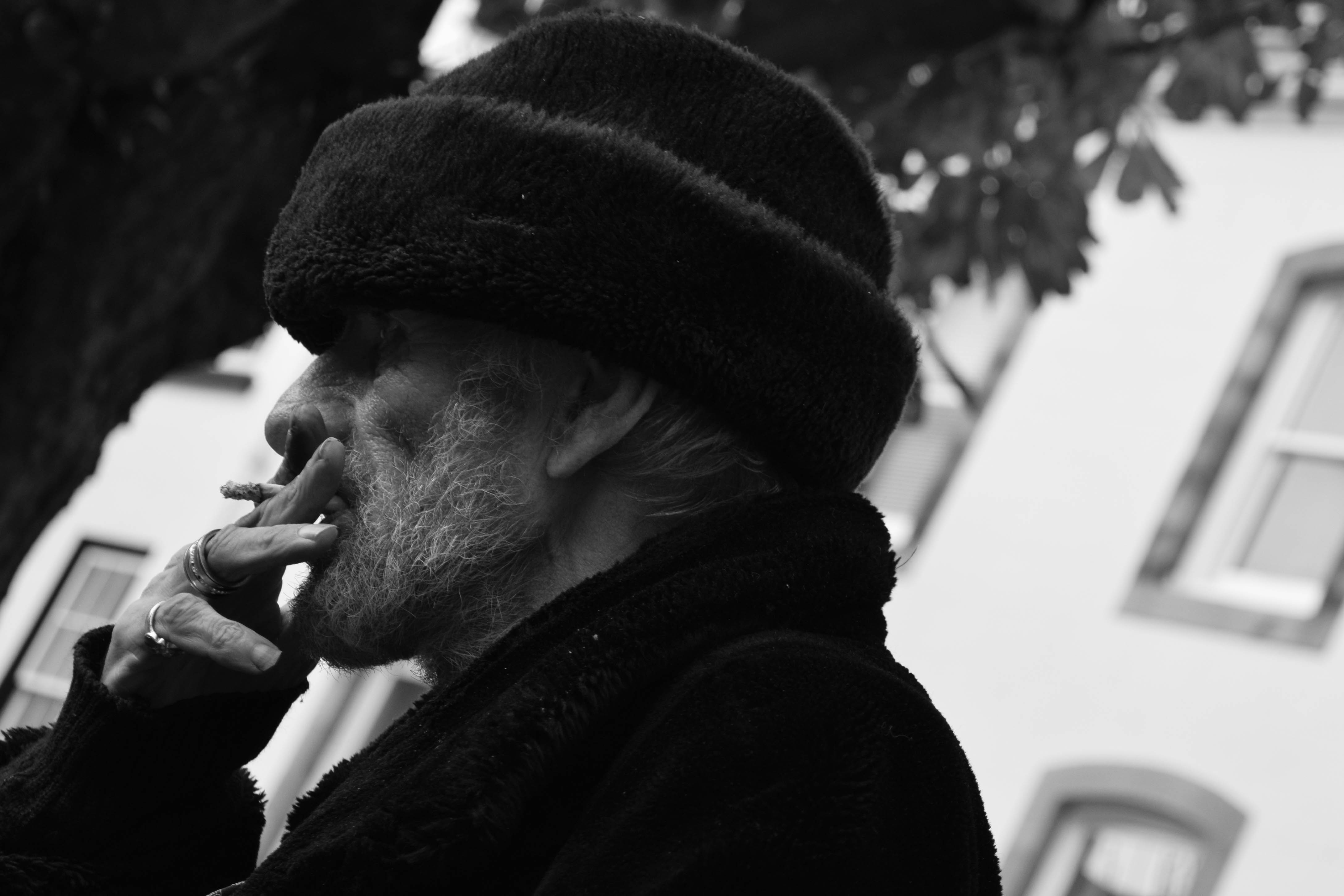
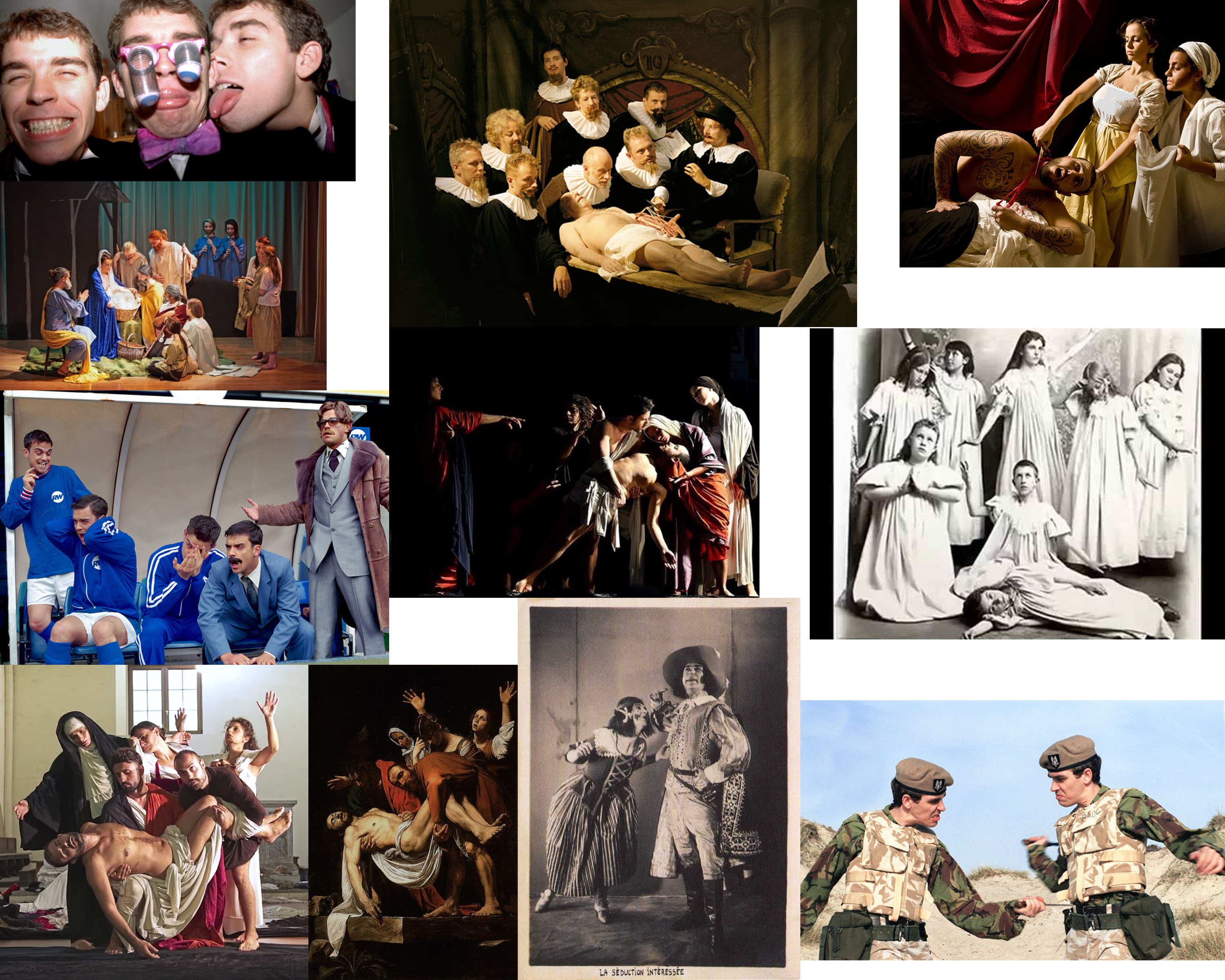


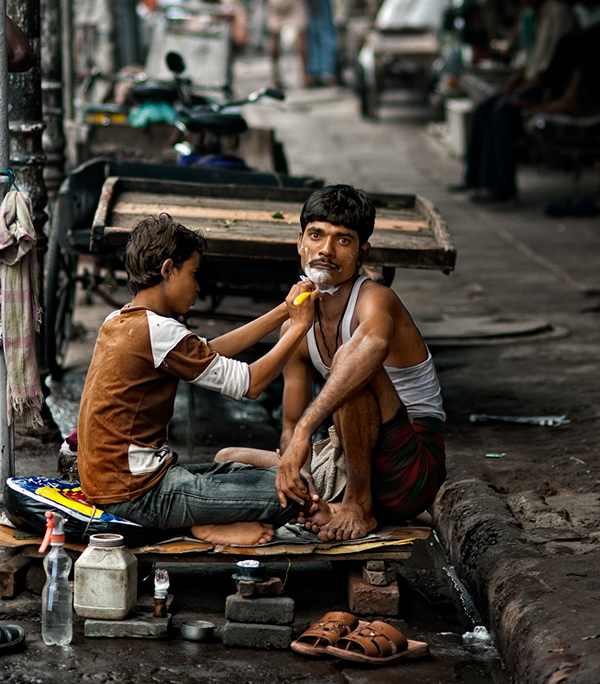
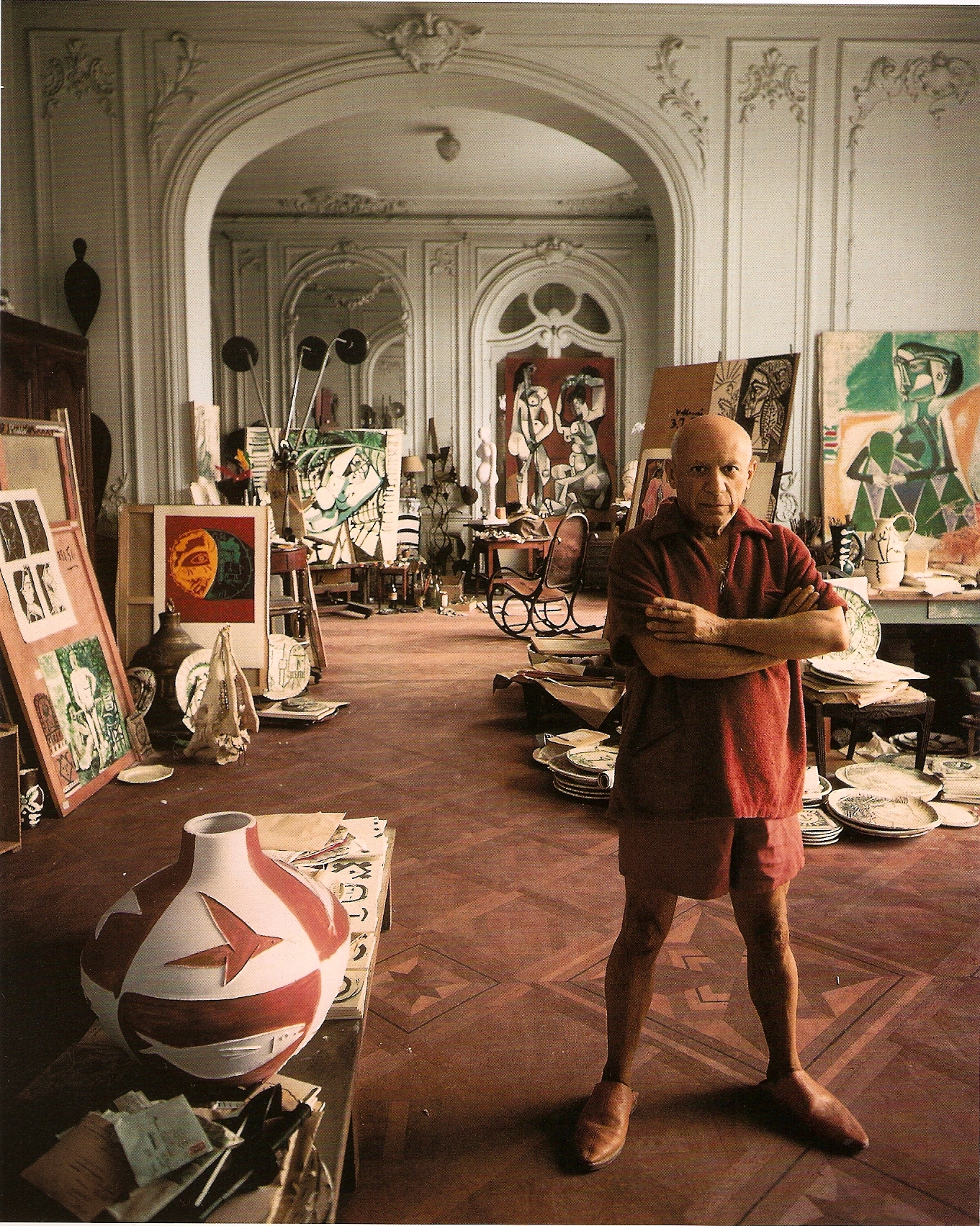



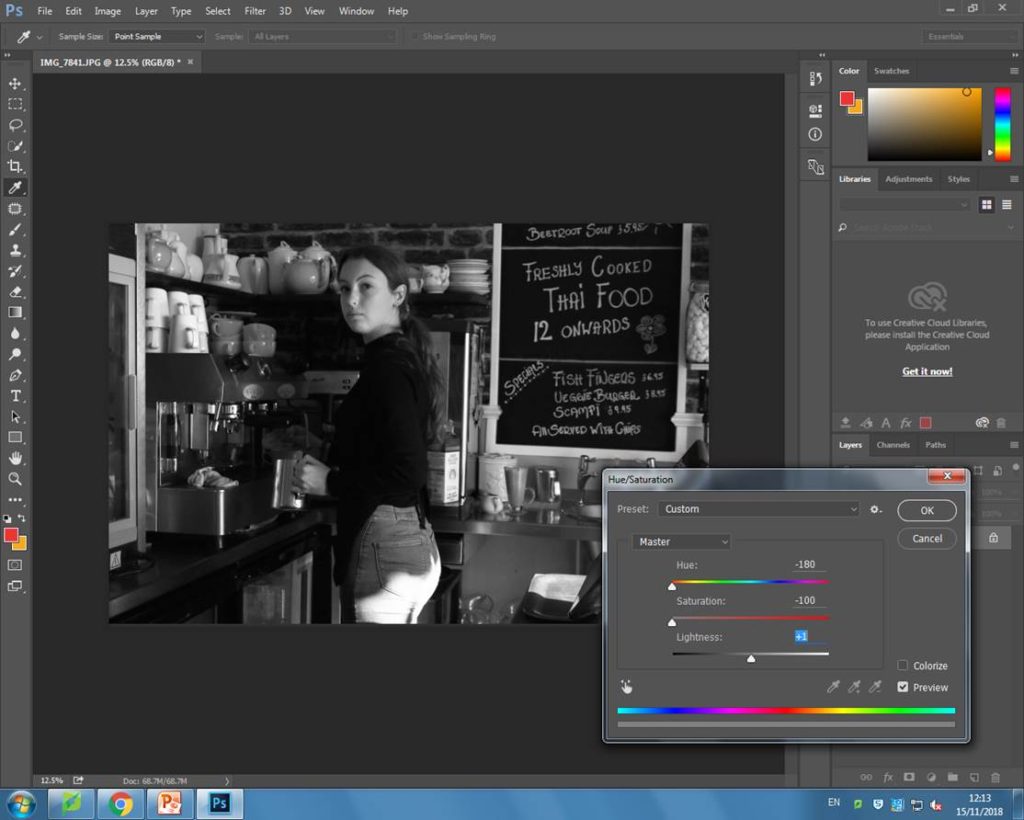
 To edit this photo I adjusted the curves so that it was slightly more saturated, as I thought this would make the overexposed white part at the bottom a little less noticeable, as the background colours would stand out a lot more. Doing that also brought down the brightness slightly, meaning that it also contributed to making sure the whiteness was less prominent. Lastly I also turned the hue and saturation right down so I was able to make the image black and white. I decided to make the image black and white instead of highly saturated for 2 reasons. Firstly, because I thought that if the image was in black and white, the overexposed part wouldn’t be as visible, and secondly, because I wanted to add an element into my image that shows I was slightly inspired by Sander as all his images were in black and white. I think this was a really good idea as it meant that I added a vintage touch into my modern day inspired environmental photography.
To edit this photo I adjusted the curves so that it was slightly more saturated, as I thought this would make the overexposed white part at the bottom a little less noticeable, as the background colours would stand out a lot more. Doing that also brought down the brightness slightly, meaning that it also contributed to making sure the whiteness was less prominent. Lastly I also turned the hue and saturation right down so I was able to make the image black and white. I decided to make the image black and white instead of highly saturated for 2 reasons. Firstly, because I thought that if the image was in black and white, the overexposed part wouldn’t be as visible, and secondly, because I wanted to add an element into my image that shows I was slightly inspired by Sander as all his images were in black and white. I think this was a really good idea as it meant that I added a vintage touch into my modern day inspired environmental photography.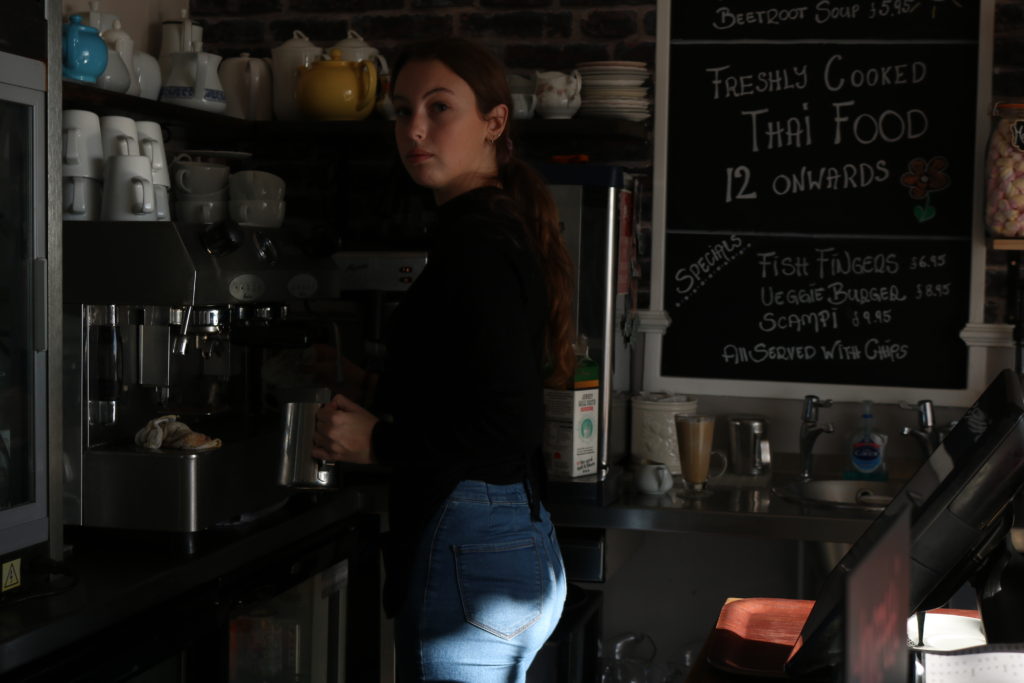

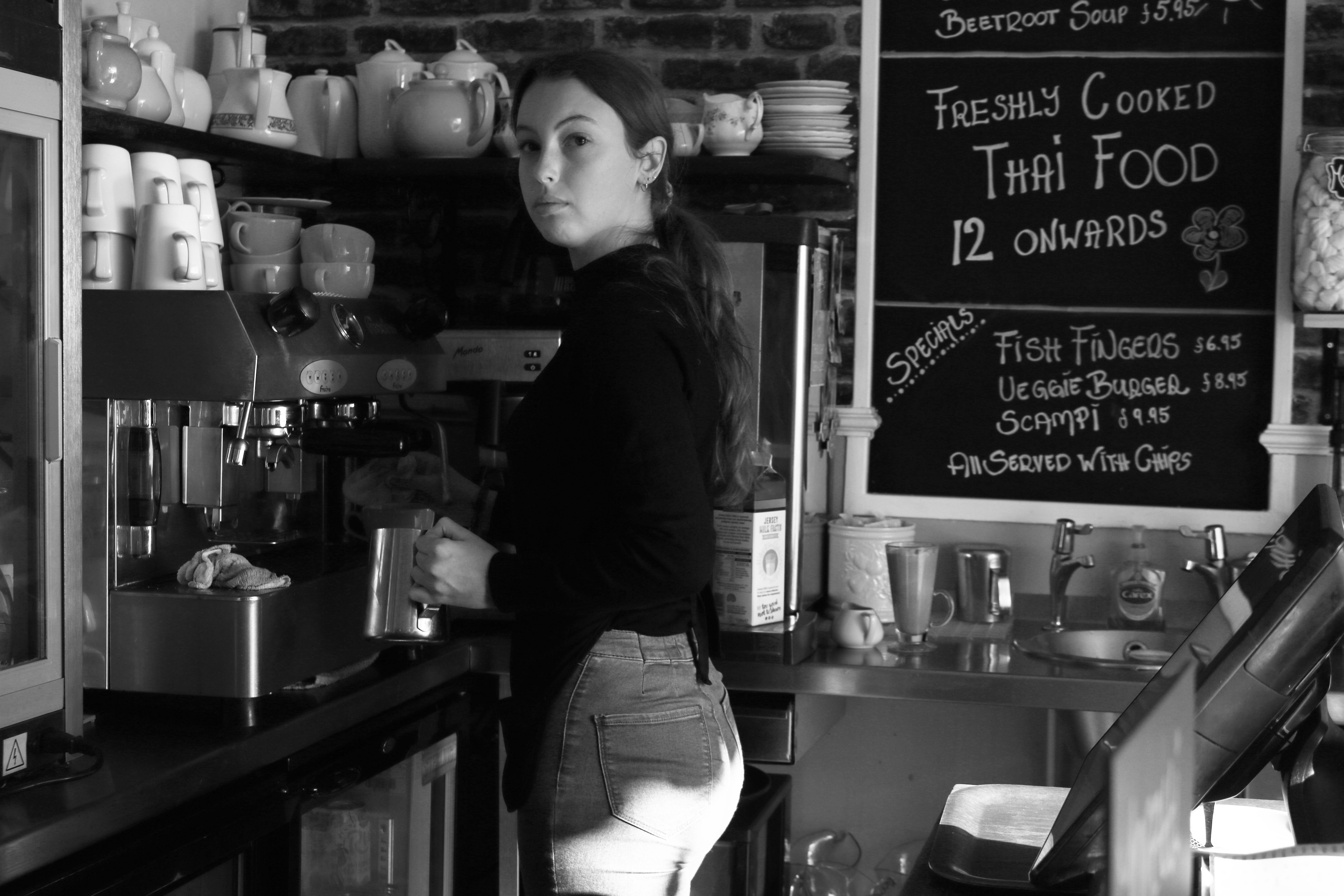 When looking at this photo, although it was far too underexposed I thought that it was an image with potential because of how the model was making intense eye contact with the camera. To edit it, I turned the brightness all the way up, so that the image wasn’t so dark. To make it fit in with my other image, and did the same technique that I mentioned previously and turned the hue and saturation all the way down to make the photo black and white.. I think that the intense stare that the model is giving, combined with a black and white filter makes the image far more successful as it makes it more dramatic and mysterious.
When looking at this photo, although it was far too underexposed I thought that it was an image with potential because of how the model was making intense eye contact with the camera. To edit it, I turned the brightness all the way up, so that the image wasn’t so dark. To make it fit in with my other image, and did the same technique that I mentioned previously and turned the hue and saturation all the way down to make the photo black and white.. I think that the intense stare that the model is giving, combined with a black and white filter makes the image far more successful as it makes it more dramatic and mysterious.




















